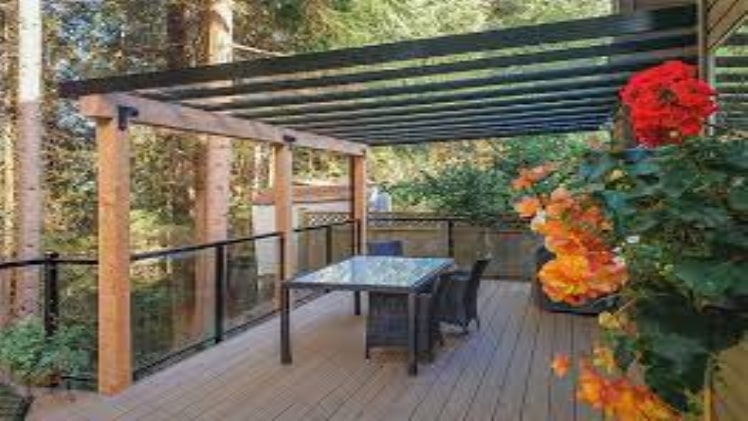Many people remember seeing a store window covered by a magnificent red and white striped awning fabric strung onto a frame on a summer afternoon. Awnings are no longer a relic of the past; they are fashionable today. People currently play with various custom awnings to add character and personality to their businesses and residences.
Here are some examples of awnings you might want to explore for your roof:
Conservatory Awnings: Everyone appreciates a home or business with a glass top that lets in plenty of natural sunlight. On a hot, bright day, the negative side of this feature is the challenge of controlling inside temperatures. This effect causes the area within such a building to retain more heat, damaging air conditioning equipment. Conservatory shades with only a specific framework system that allows panels to be installed beneath the glass roof are the best solution to this situation. Wireless control is usually used to regulate these awnings. These one-of-a-kind awnings can help change the quantity of natural light that enters your business, giving you more control over the internal atmosphere.
Pergola Awnings: Unlike other forms of awnings, they have a permanent condition and are not movable. One side of the awning’s structure is attached to a frame, while poles support another. It is not an option for businesses with limited space, such as a roadside confectionery shop. It’s better suited to more extensive areas, such as a patio eatery. Pergola awnings benefit from being more solid than free awnings due to the efforts given by the poles. As a result, pergola awnings can tolerate shifting weather patterns than other varieties.
Vertical Awnings: Vertical awnings are similar to outdoor shutters. These may be pretty handy for protecting the exterior of your business. These awnings are usually water-resistant, which provides essential weather protection for the building’s façade. You can opt for vertical custom awnings for a coastal cottage that is open to the public.
Patio Awnings: Patios are by far the most frequently used type of awning. Because the framework of a patio canopy is not held by poles like that of a pergola awning, it is a better alternative when space is limited. However, it would be best if you still had protection from the elements. The frame has one end attached to the wall and then the other end that hangs freely. Patio awnings’ obvious downside is its lack of stability owing to the lack of poles.
Freestanding Awnings: They’re a unique kind of patio awning. The main distinction between a standalone awning and a standard patio awning is that freestanding awnings are not attached to a permanent wall. The structural system of these awnings is supported by special poles that are deliberately positioned to give the entire awning more durability. It’s ideal for an outdoor environment like a lawn café or a recreational poolside area because it doesn’t need mounting barriers.
Summing Up: When it concerns providing the correct level of weather protection for your home or business, awnings are the most fantastic option. You may pick from various awnings depending on the amount of available area. You may choose between a conventional or an automated retractable awning depending on how easy it is to operate, how much it costs, and how often it has to be serviced. Added amenities like wireless heating and lighting equipment or a sensor-controlled awning that really can detect the wind and sunlight and adapt accordingly can be added to more expensive bespoke awnings.

